Why are gardens good for us? Vitra Design Museum’s ‘Garden Futures’ explores the potential of green spaces
‘Garden Futures: Designing with Nature’ is on view at Vitra Design Museum until 3 October 2023, with an exhibition design by Formafantasma
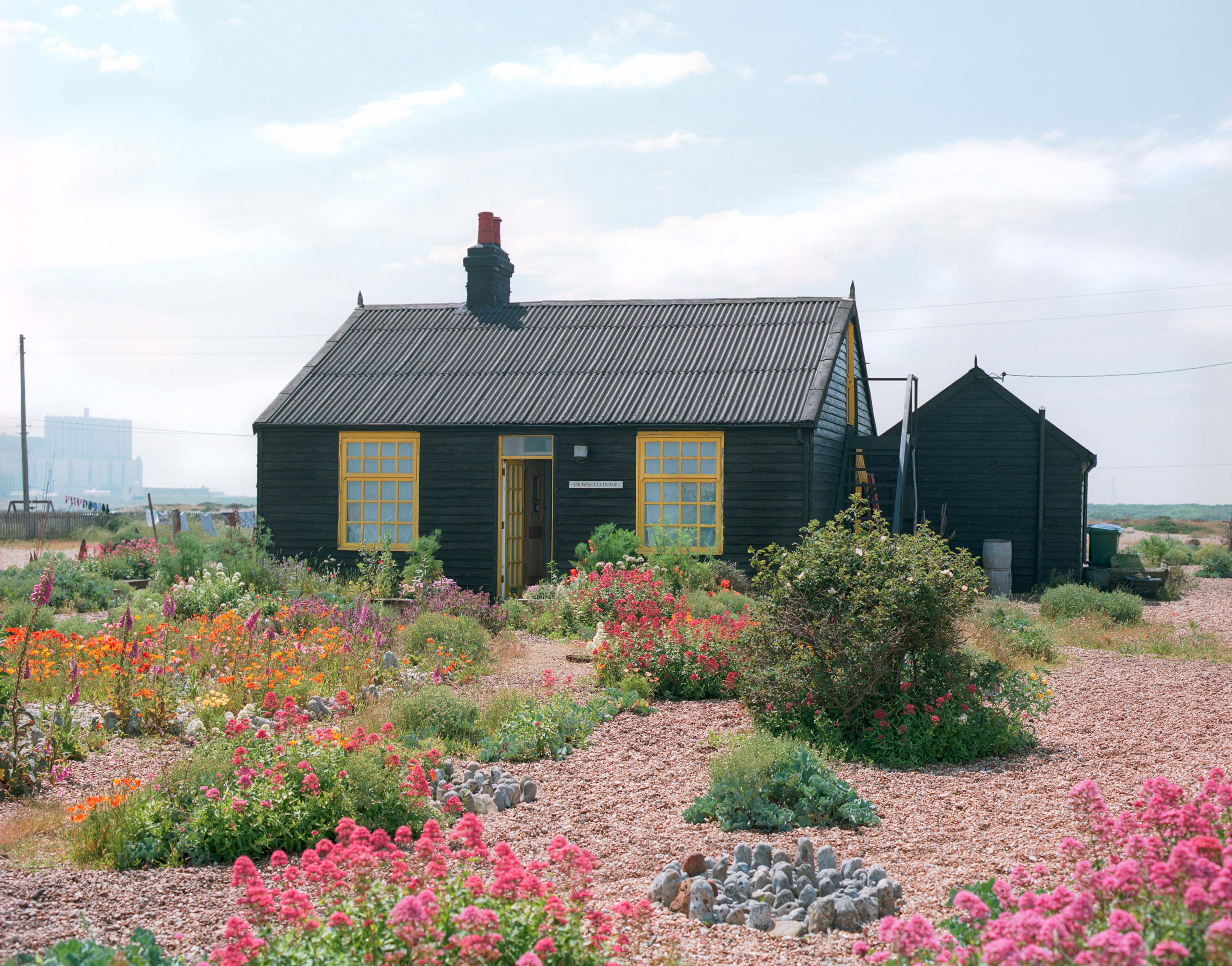
The exhibition ‘Garden Futures: Designing with Nature’ – a collaborative project by the Vitra Design Museum, Wüstenrot Foundation, and Nieuwe Instituut – delves into the rich history and potential of modern gardens. The exhibition (on view until 3 October 2023) redefines gardens as avant-garde spaces for social justice, biodiversity, and sustainability.
‘Garden Futures’: gardens as reflections of identities and visions
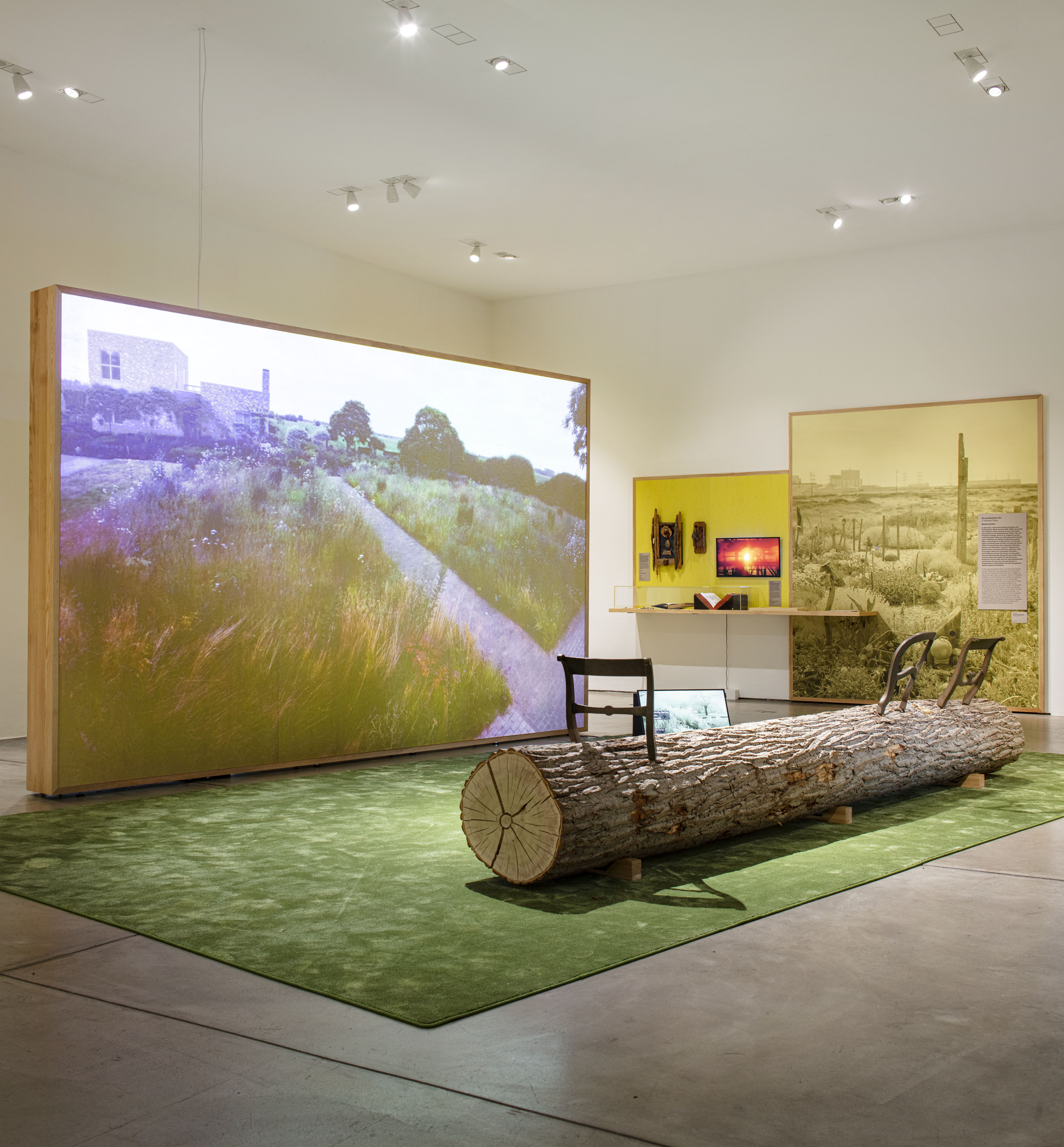
Installation view of ‘Garden Futures: Designing with Nature’, featuring Jurgen Bey’s 1998 Tree-trunk for Droog Design
The exhibition poses questions about contemporary garden ideals and their role in shaping a liveable future. It showcases diverse examples, from urban farms to community gardens and works by renowned designers like Roberto Burle Marx and Derek Jarman. As soon as you walk inside the museum, on your left, you can see a selection of classic fences, garden tools and lounge chairs up on walls, while walking in the main room you are welcomed by Jurgen Bey’s 1998 Tree-trunk for Droog Design, a bench made of a rough tree trunk with bronze backrests.
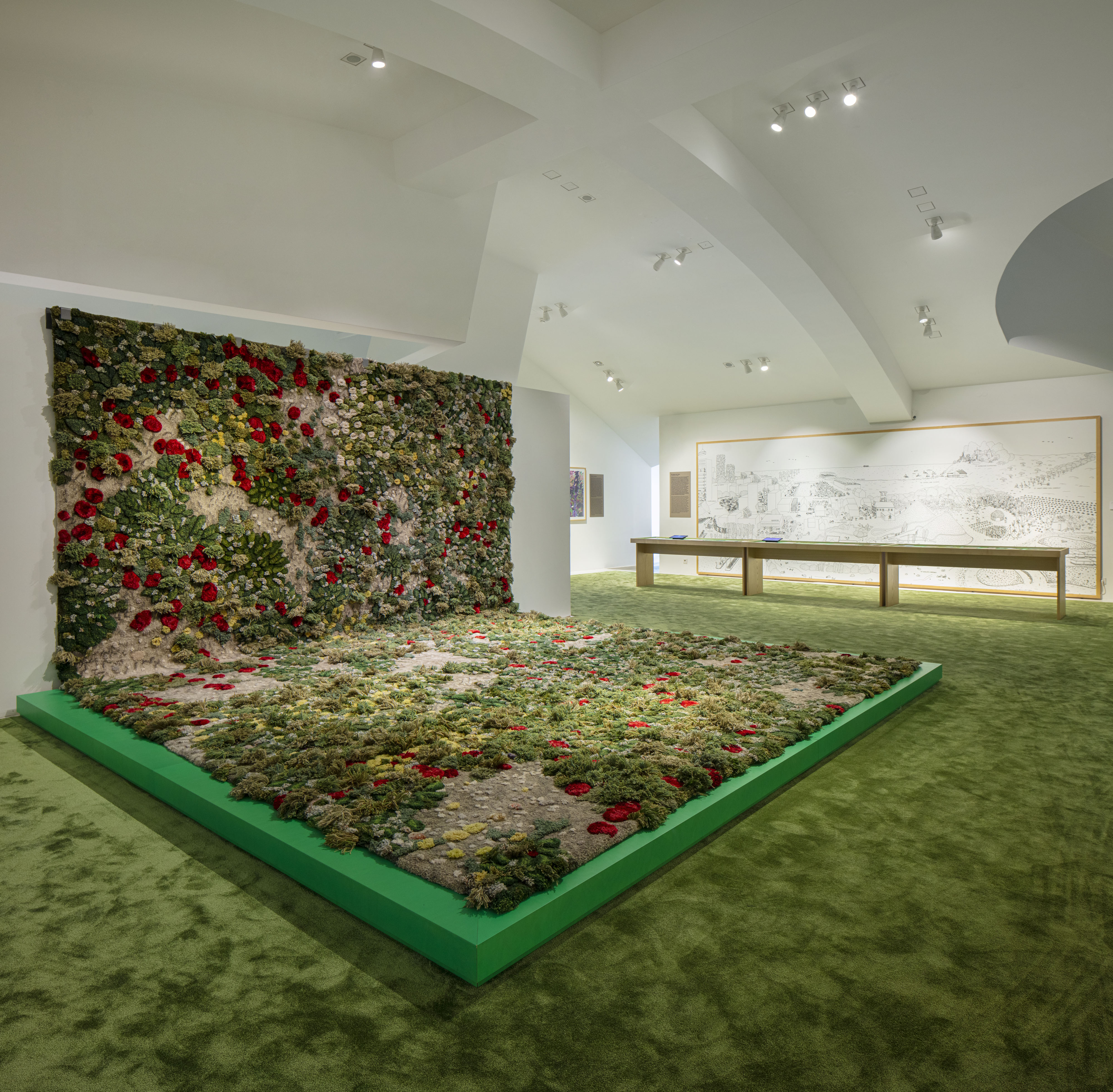
Installation view of ‘Garden Futures: Designing with Nature’, featuring Alexandra Kehayoglou's ‘Meadow’ (2023)
Designed by Formafantasma, the exhibition's architecture sets the stage for exploring gardens as reflections of identities and visions. It reveals how gardens combine practicality with profound symbolism, exemplified by the work of artists like Hans Thoma and Alvar Aalto. Gardens are not just personal retreats; they carry social, historical, and cultural influences.
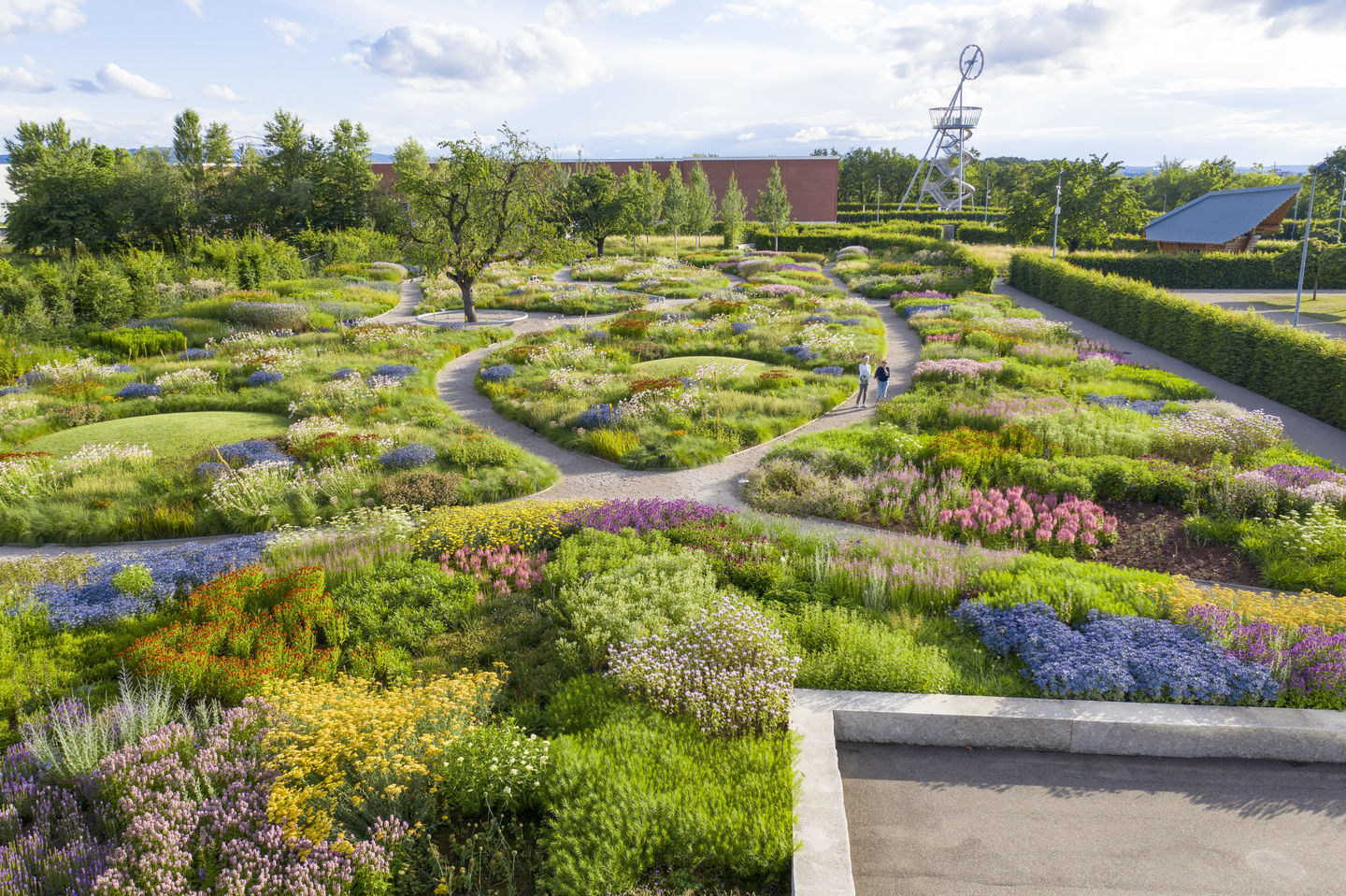
The exhibition uncovers the colonial history intertwined with Western gardens and explores the integration of gardens into urban planning concepts. In the face of major global challenges like the climate crisis and social injustice, gardens become spaces for healing and learning.
On the upper floor, which is defined by a grass-like moquette, projects like Alexandra Kehayoglou's ‘Meadow’ (2023) – a huge, impressive carpet on which it is impossible to walk – highlight climate change threats, while Thomas Rustemeyer's scroll showcases innovative and traditional practices.
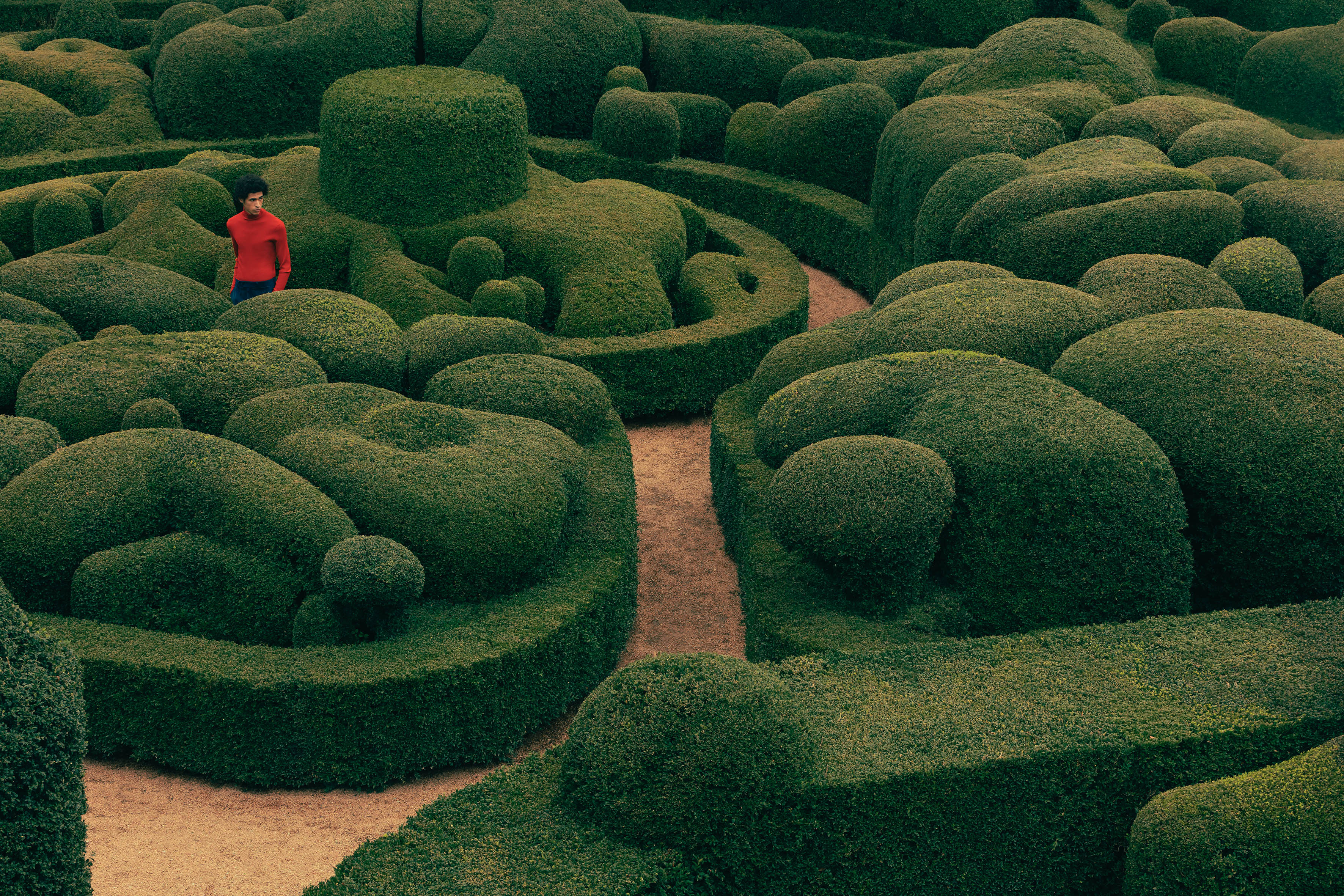
Julien de Cerval, The Gardens of Marqueyssac, France, designed in the 1860s
The exhibition's final section focuses on the future of gardens; ‘Garden Futures’ widens our perception of gardens as dynamic spaces that embody cultural and environmental aspirations. It inspires visitors to envision gardens as catalysts for a sustainable and equitable world. Gardens hold immense potential to shape a better future for all. And they are just good for all of us.
‘Garden Futures: Designing with Nature’ is on view until 3 October 2023
Wallpaper* Newsletter
Receive our daily digest of inspiration, escapism and design stories from around the world direct to your inbox.
Vitra Design Museum
Charles-Eames-Str. 2
D-79576 Weil am Rhein
Germany
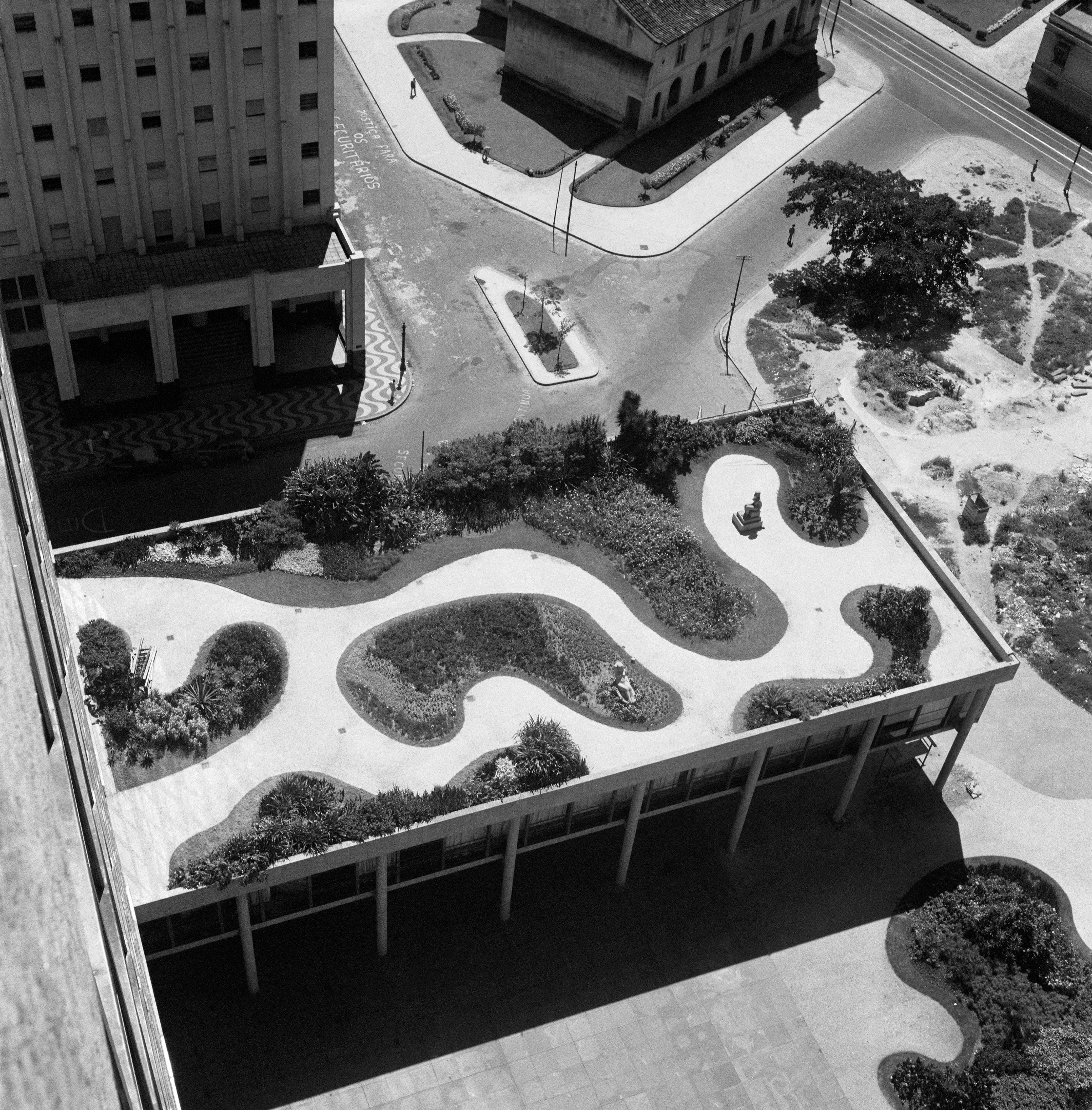
Roberto Burle Marx, Rooftop garden of the Gustavo Capanema Building, the Ministry of Education and Health headquarters, c. 1955
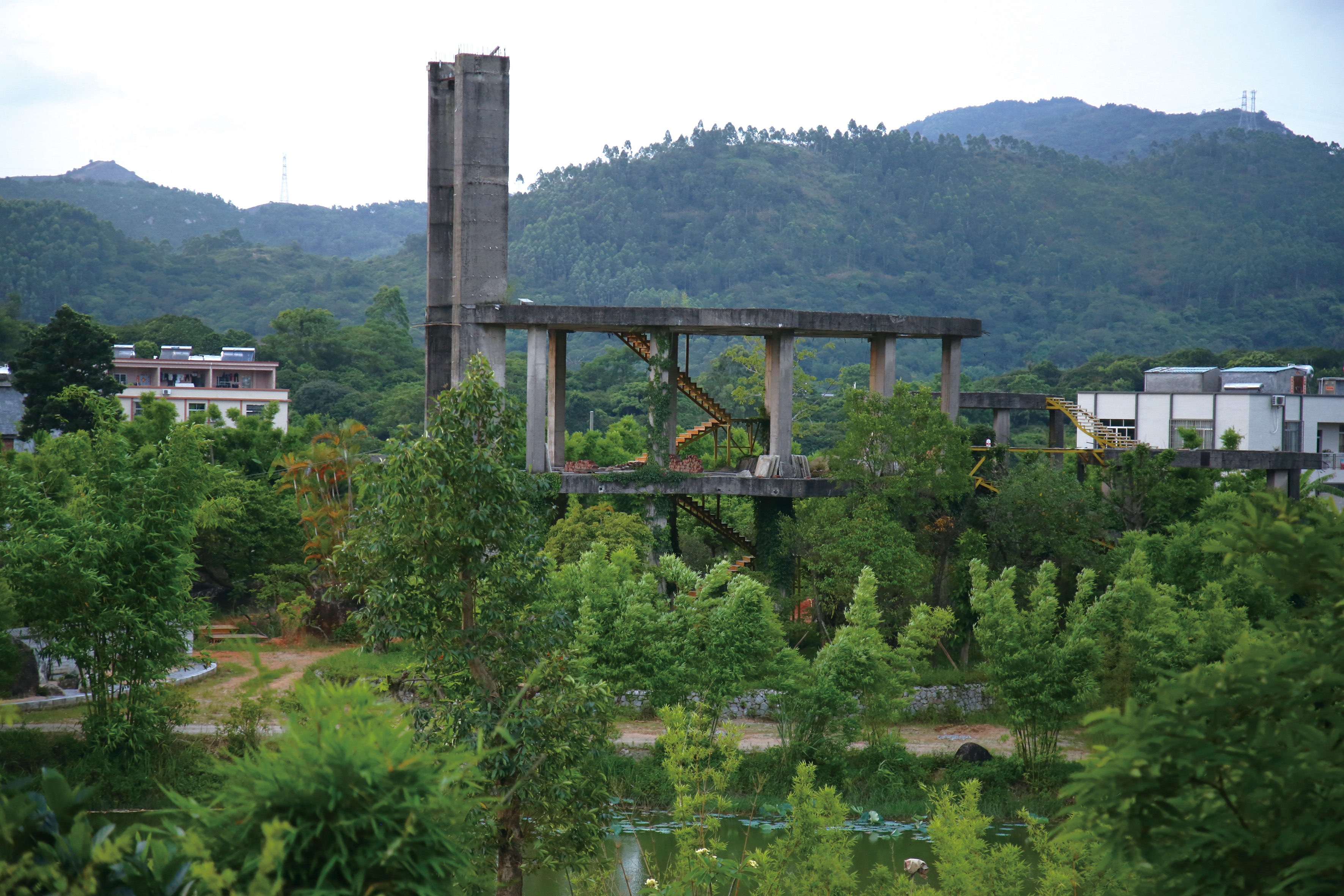
Zheng Guogu, Liao Garden, Yangjiang, China, 2017, started from 2005 Courtesy of Zheng Guogu and Vitamin Creative Space

Woman on the Altorfer Lounger, the so-called Spaghetti Chair, 1949
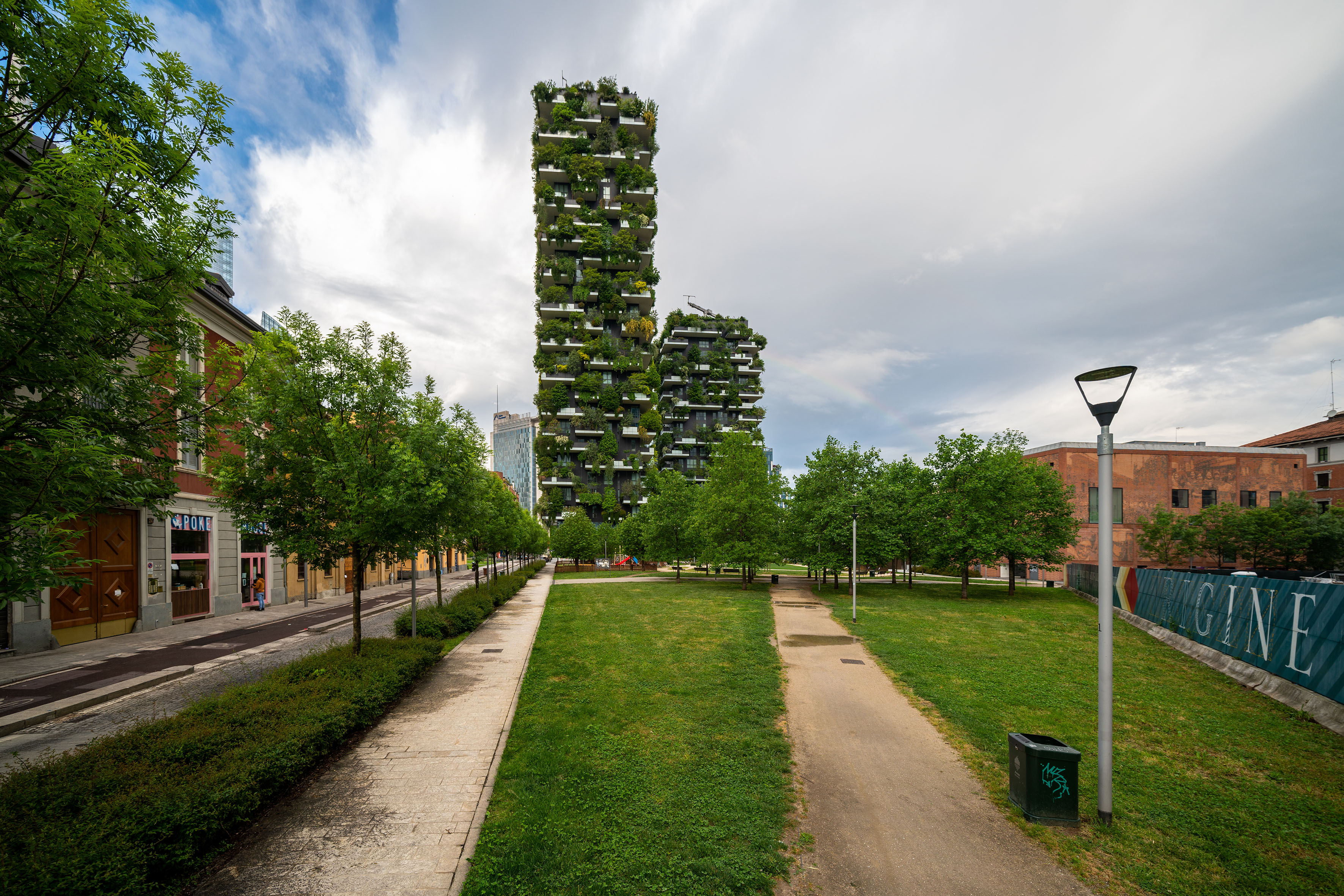
Stefano Boeri Architetti, Bosco Verticale (Vertical Forest), Milan, 2007–2014
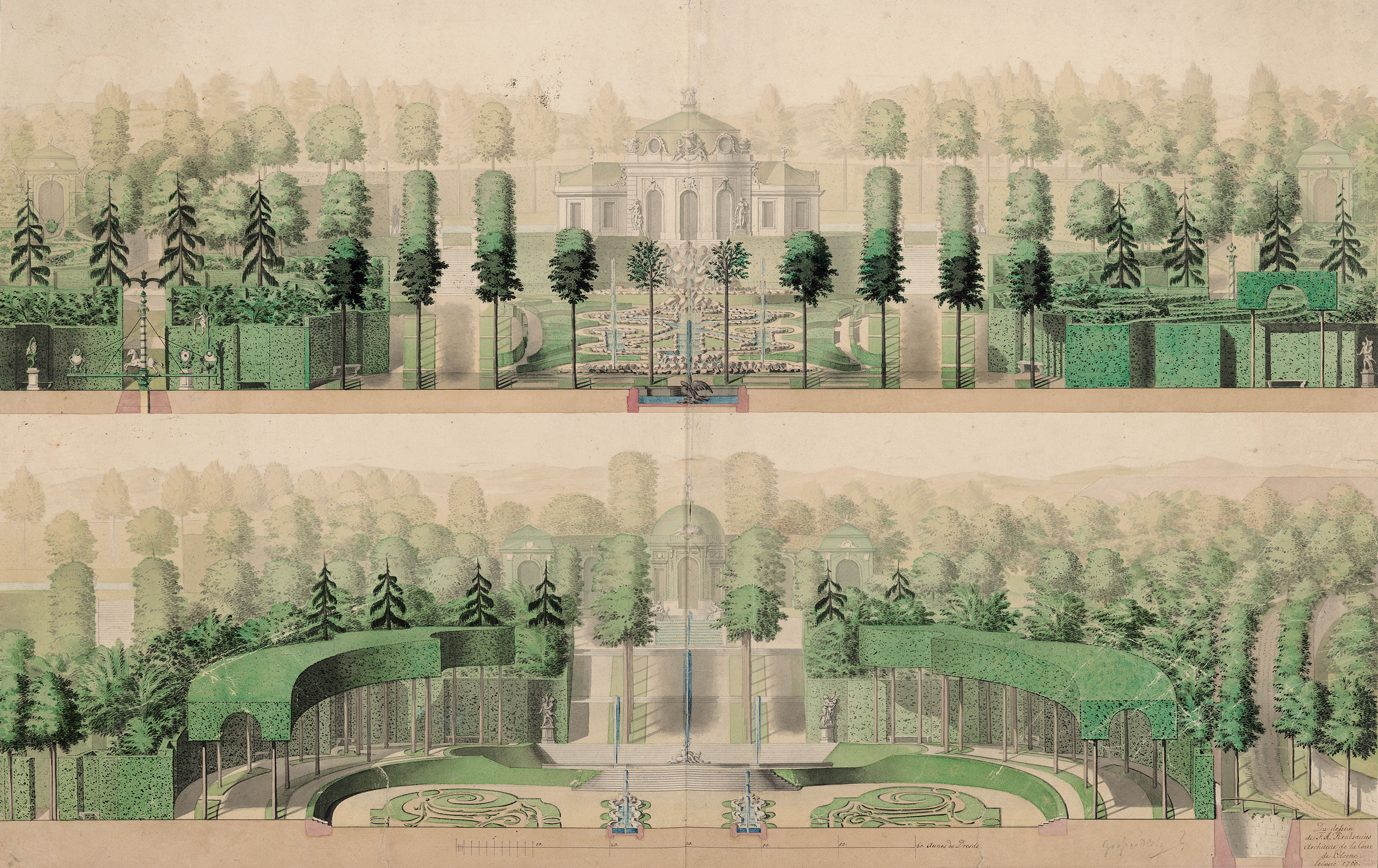
Friedrich August Krubsacius, Design for an unknown garden, 1760
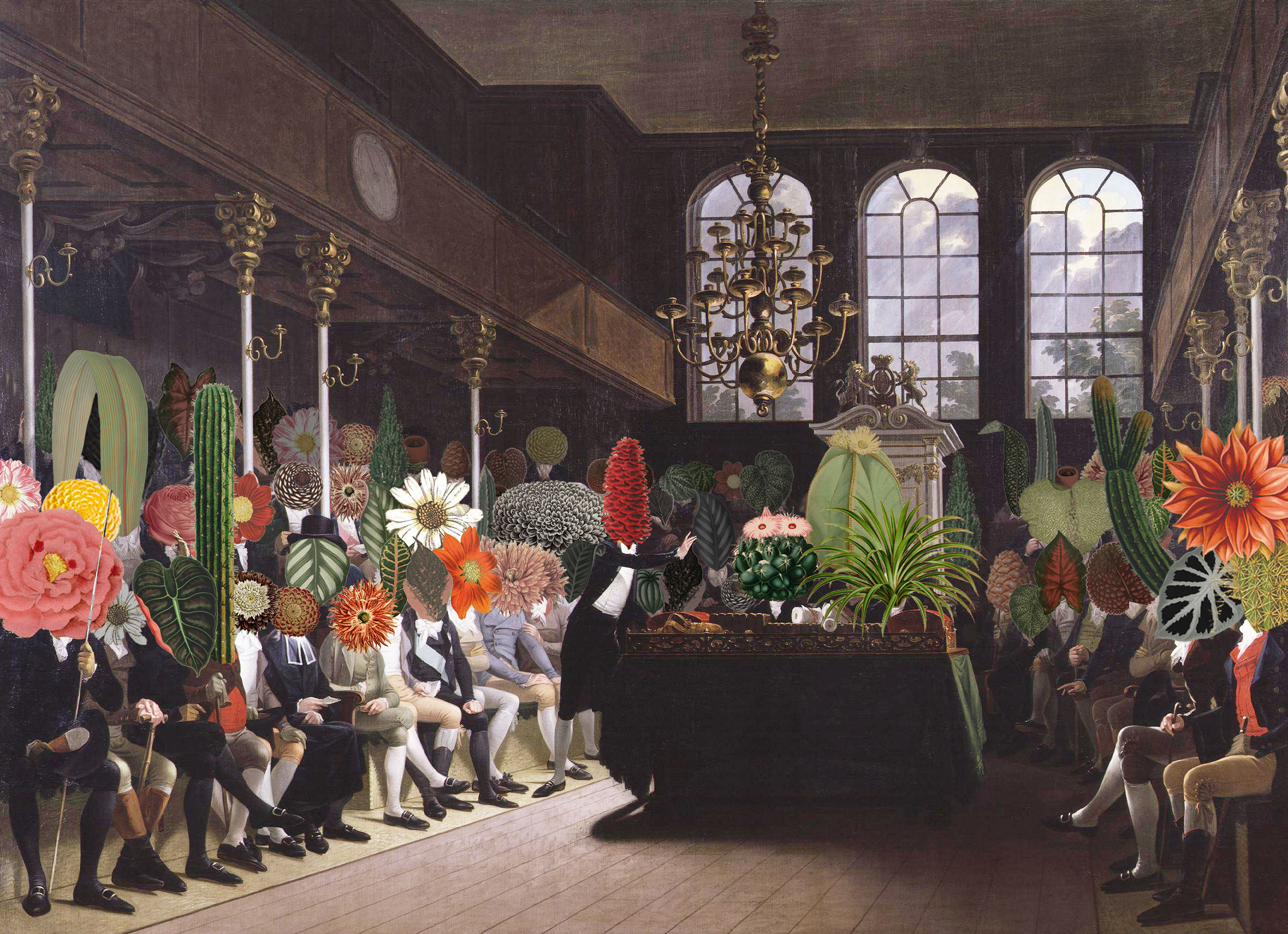
Céline Baumann, Parliament of Plants, 2020
Maria Cristina Didero is an independent design curator, consultant and author, who has contributed to many publications over the years. Didero has consulted for companies such as Vitra, Fritz Hansen, Lexus, Fendi, Louis Vuitton, Valextra among others. Based in Milan, she works internationally, curating exhibitions for institutions: some of her most recent projects include Nendo: The Space in Between and The Conversation Show at the Holon Design Museum, Israel; FUN HOUSE by Snarkitecture at National Building Museum, Washington D.C.; SuperDesign a project about Italian radical design, NY; Vegan Design, or the Art of Reduction by Erez Nevi and The Fish and The Crowd by Carlo Massoud, Milan. In April 2022 she curated a Mathieu Lehanneur exhibition at the Triennale in Milan called The Inventory of Life, while in July she debuted a project at the MK&G in Hamburg titled Ask Me if I Believe in the Future, alongside a series of ongoing collaborations. She was appointed 2022 Curatorial Director of Design Miami/. She is currently preparing two projects for Milan Design Week 2023.
-
 Extreme Cashmere reimagines retail with its new Amsterdam store: ‘You want to take your shoes off and stay’
Extreme Cashmere reimagines retail with its new Amsterdam store: ‘You want to take your shoes off and stay’Wallpaper* takes a tour of Extreme Cashmere’s new Amsterdam store, a space which reflects the label’s famed hospitality and unconventional approach to knitwear
By Jack Moss
-
 Titanium watches are strong, light and enduring: here are some of the best
Titanium watches are strong, light and enduring: here are some of the bestBrands including Bremont, Christopher Ward and Grand Seiko are exploring the possibilities of titanium watches
By Chris Hall
-
 Warp Records announces its first event in over a decade at the Barbican
Warp Records announces its first event in over a decade at the Barbican‘A Warp Happening,' landing 14 June, is guaranteed to be an epic day out
By Tianna Williams
-
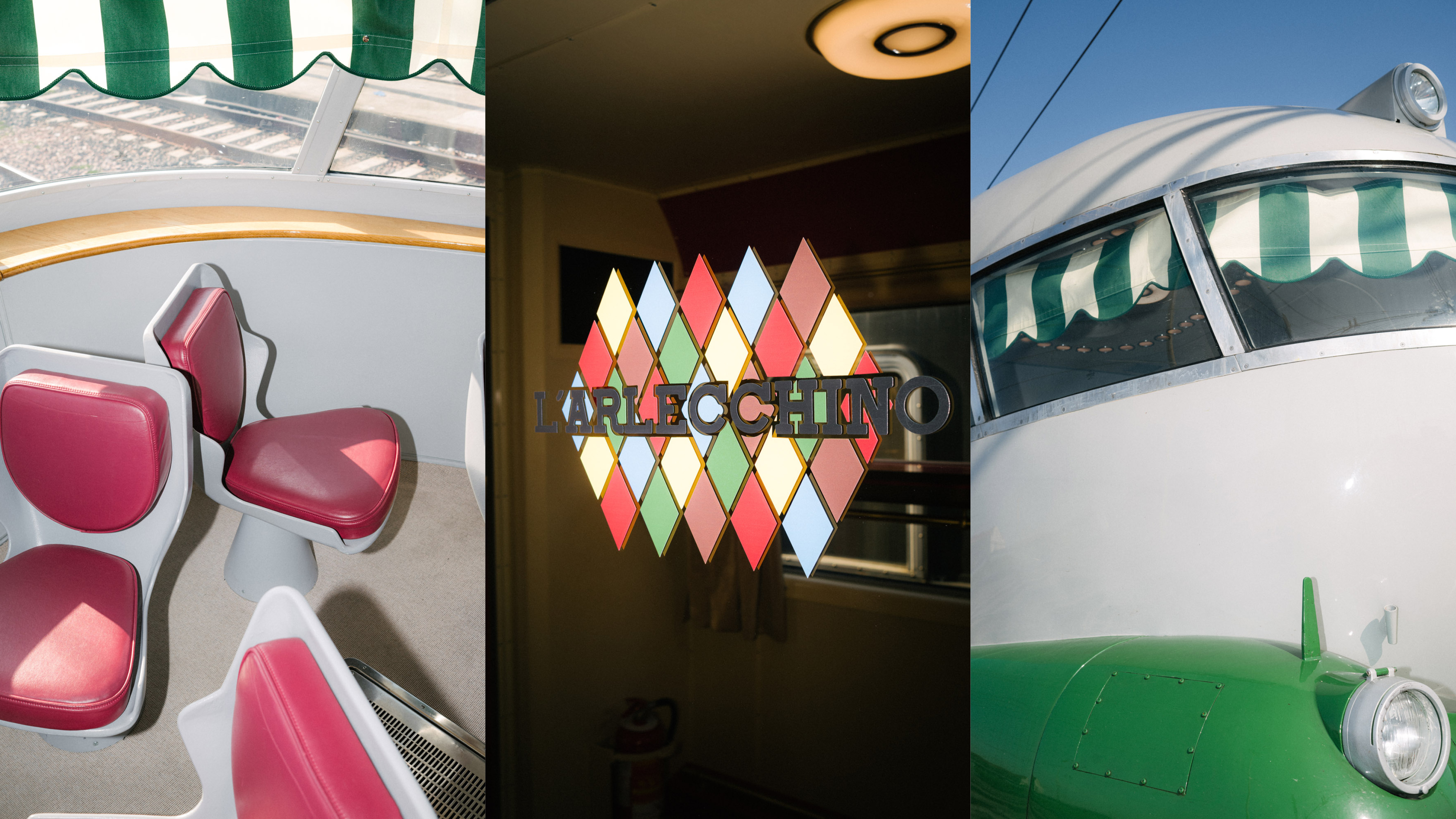 Aboard Gio Ponti's colourful Arlecchino train in Milan, a conversation about design with Formafantasma
Aboard Gio Ponti's colourful Arlecchino train in Milan, a conversation about design with FormafantasmaThe design duo boards Gio Ponti’s train bound for the latest Prada Frames symposium at Milan Design Week
By Laura May Todd
-
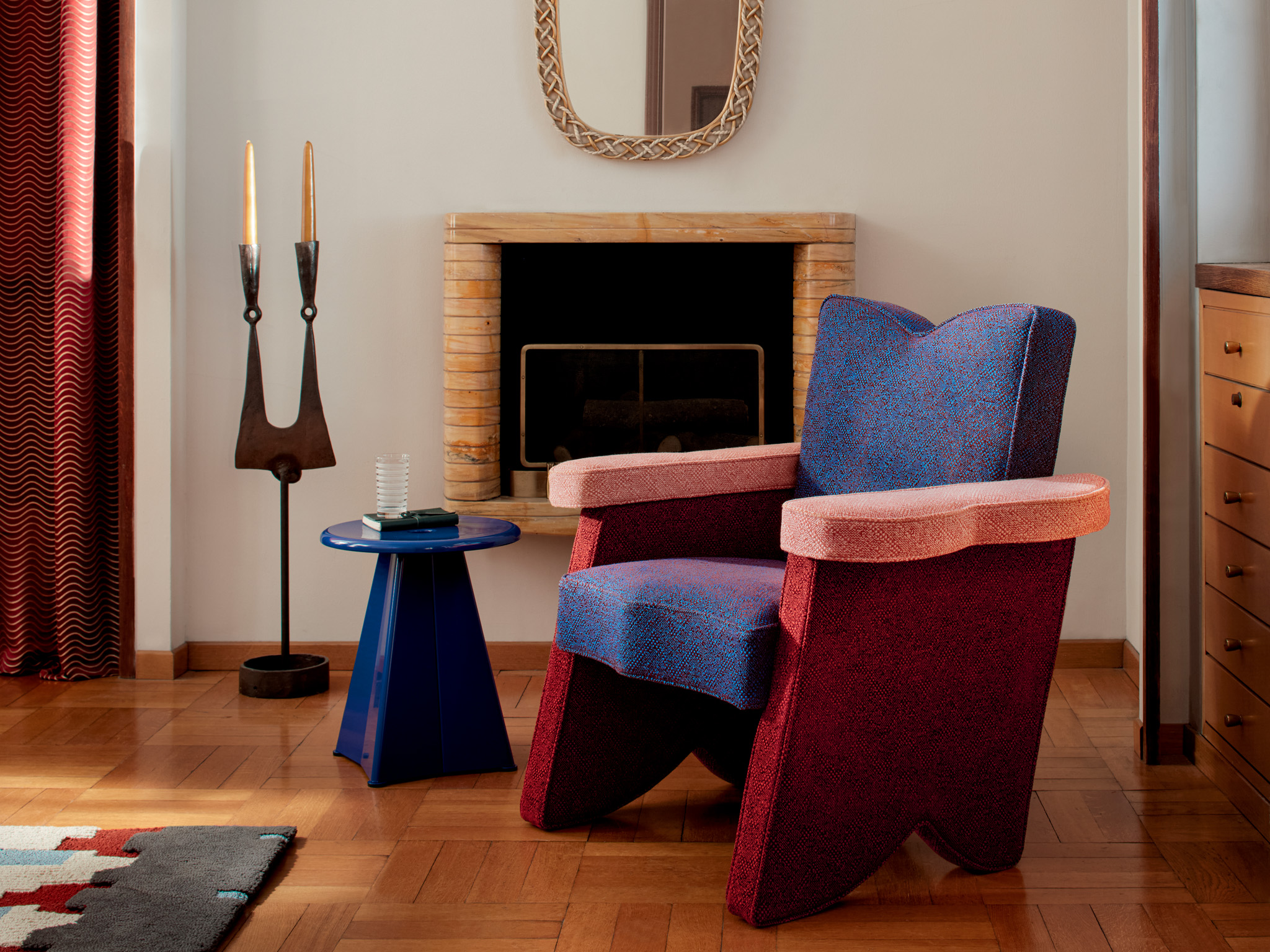 Our highlights from Paris Design Week 2025
Our highlights from Paris Design Week 2025Wallpaper*’s Head of Interiors, Olly Mason, joined the throngs of industry insiders attending the week’s events; here’s what she saw (and liked) at Paris Déco Off and Maison&Objet in the City
By Anna Solomon
-
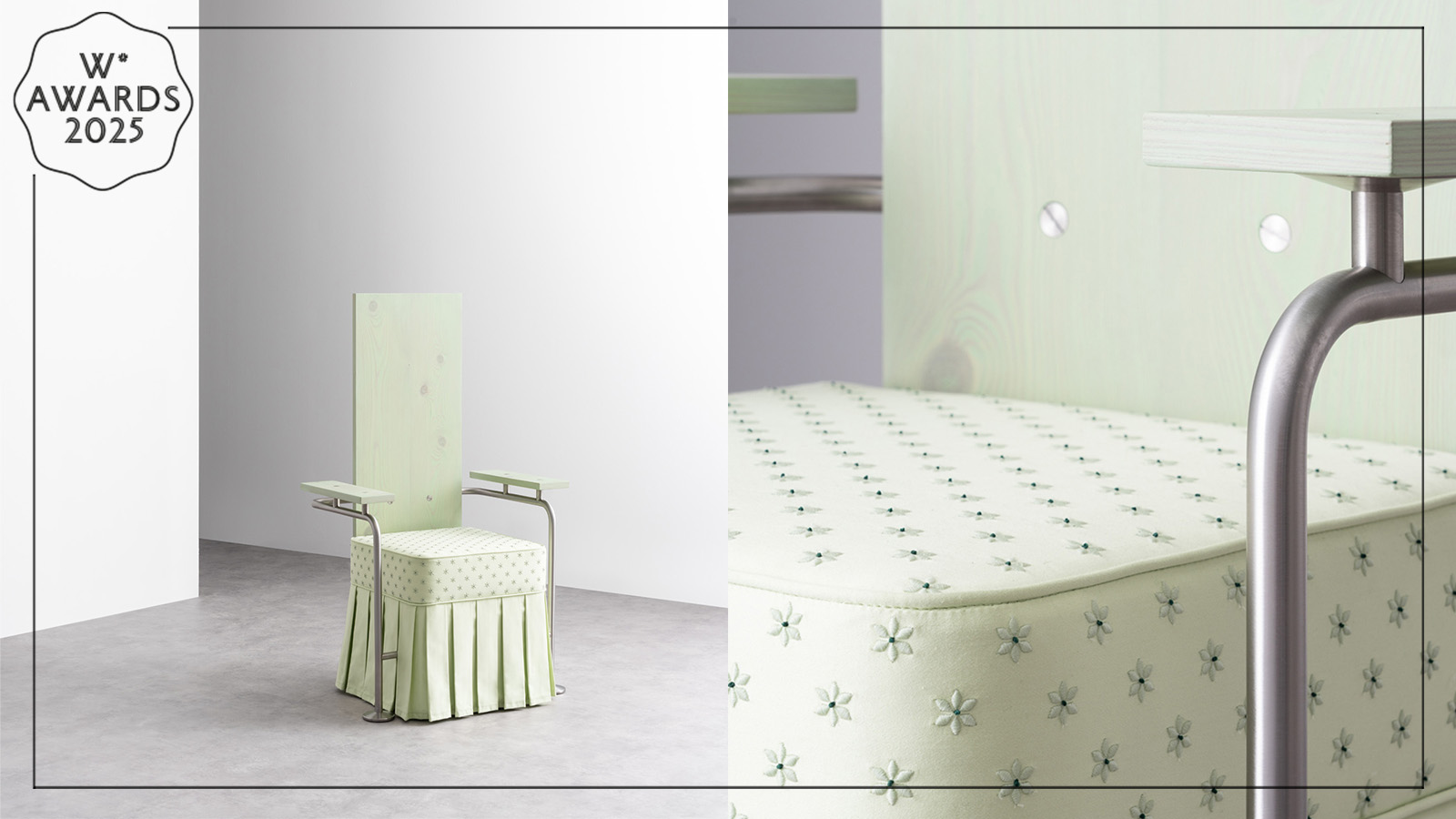 Wallpaper* Design Awards 2025: Formafantasma revisits the masculine codes of modernist design
Wallpaper* Design Awards 2025: Formafantasma revisits the masculine codes of modernist designFormafantasma wins a Wallpaper* Design Award 2025, for its Milan exhibition ‘La Casa Dentro’, which took to task the inherent masculinity and conservatism at the heart of modernism
By Hugo Macdonald
-
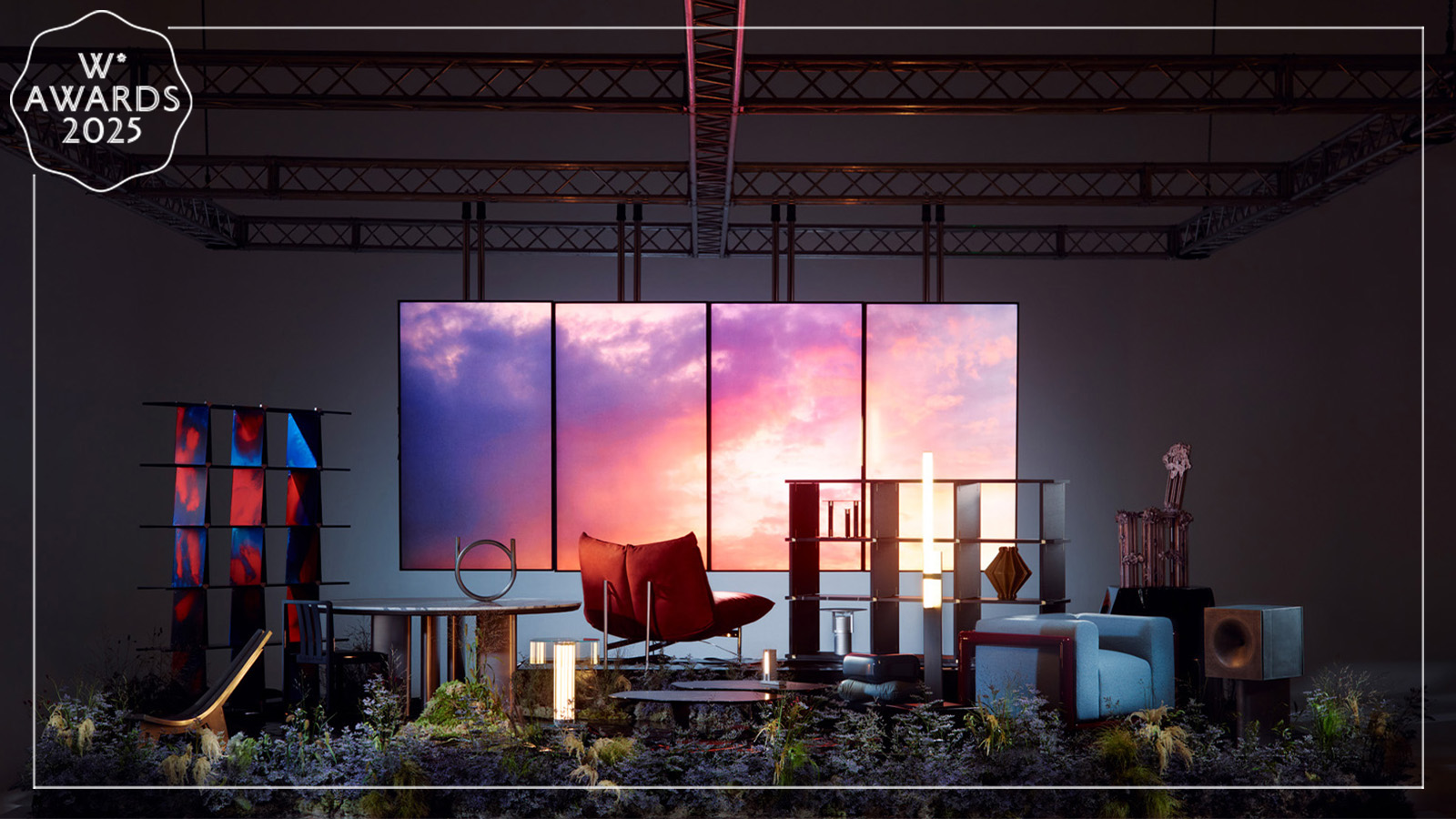 Wallpaper* Design Awards 2025: the best furniture and design objects for 2025
Wallpaper* Design Awards 2025: the best furniture and design objects for 2025The Wallpaper* Design Awards 2025 present the best new furniture and interior accessories, while global design director Hugo Macdonald and head of interiors Olly Mason reveal what makes a winner
By Hugo Macdonald
-
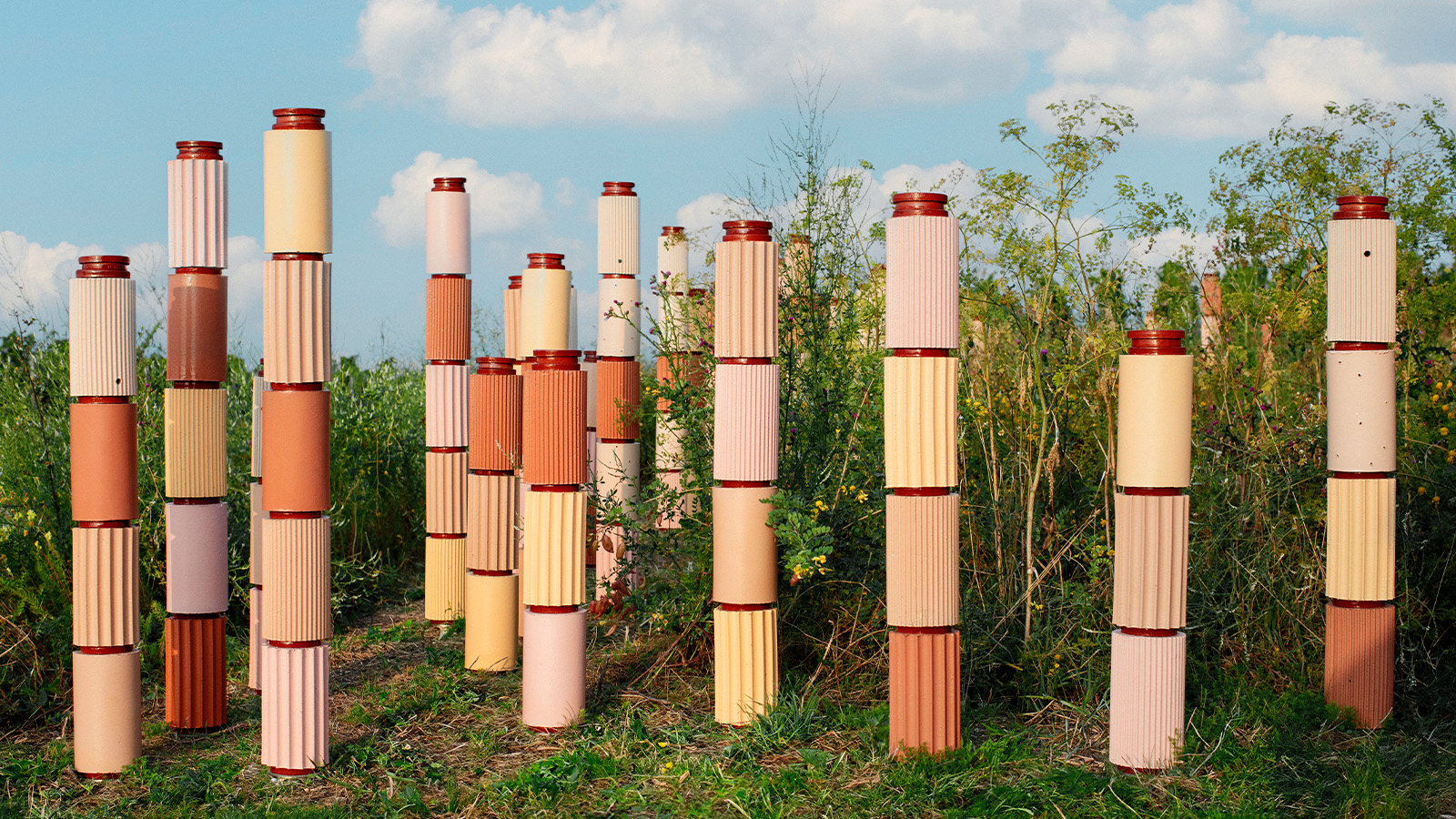 Formafantasma’s biodiversity-boosting installation in a Perrier Jouët vineyard is cross-pollination at its best
Formafantasma’s biodiversity-boosting installation in a Perrier Jouët vineyard is cross-pollination at its bestFormafantasma and Perrier Jouët unveil the first project in their ‘Cohabitare’ initiative, ‘not only a work of art but also a contribution to the ecosystem’
By Henrietta Thompson
-
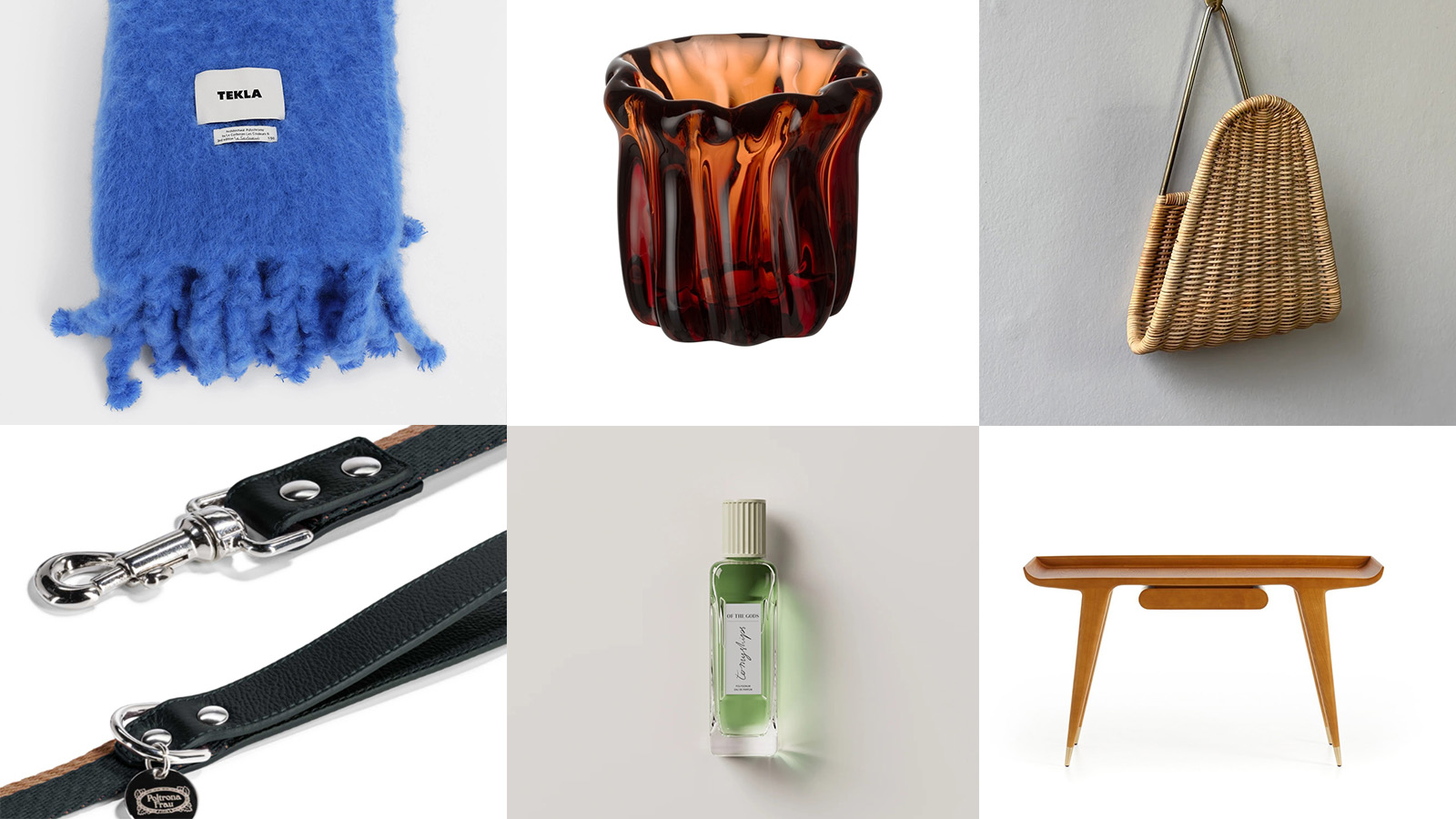 Christmas gift ideas for design lovers
Christmas gift ideas for design loversWallpaper* global design director Hugo Macdonald compiles his festive wish list – from Poltrona Frau's luxurious dog leads to Carl Aubock's wicker magazine wall rack
By Hugo Macdonald
-
 ‘Nike: Form Follows Motion’ surveys 50 years of the Swoosh’s era-defining design
‘Nike: Form Follows Motion’ surveys 50 years of the Swoosh’s era-defining design‘Nike: Form Follows Motion’ at the Vitra Design Museum in Germany, curated by Glenn Adamson, is the first-ever museum exhibition dedicated to the sportswear giant
By Sofia de la Cruz
-
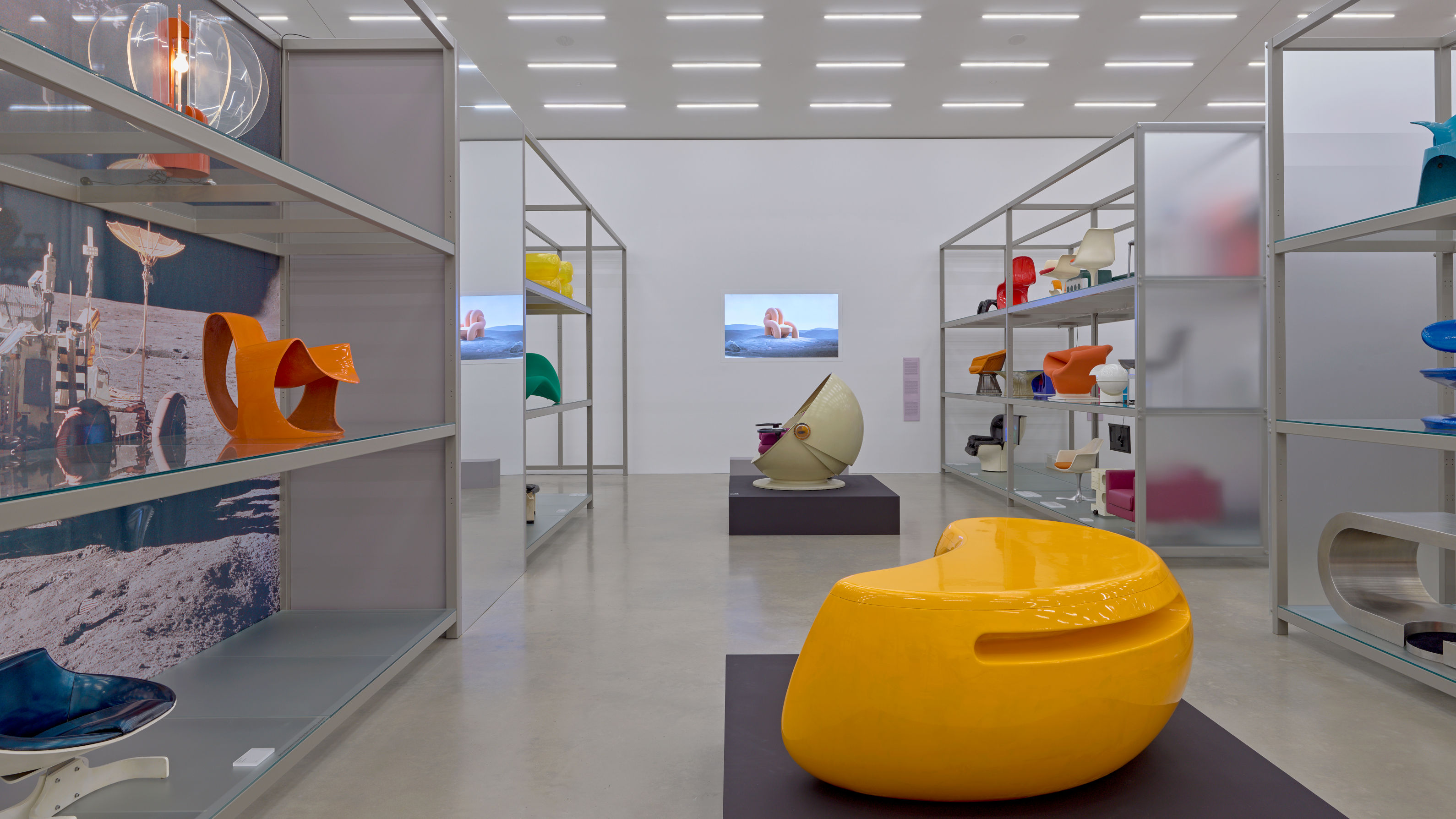 Vitra Design Museum’s ‘Science Fiction Design’ explores furniture’s past, present and future visions
Vitra Design Museum’s ‘Science Fiction Design’ explores furniture’s past, present and future visions‘Science Fiction Design: From Space Age to Metaverse’ at Vitra Design Museum celebrates the collision between visionary science fiction and futuristic product design
By Jonathan Bell